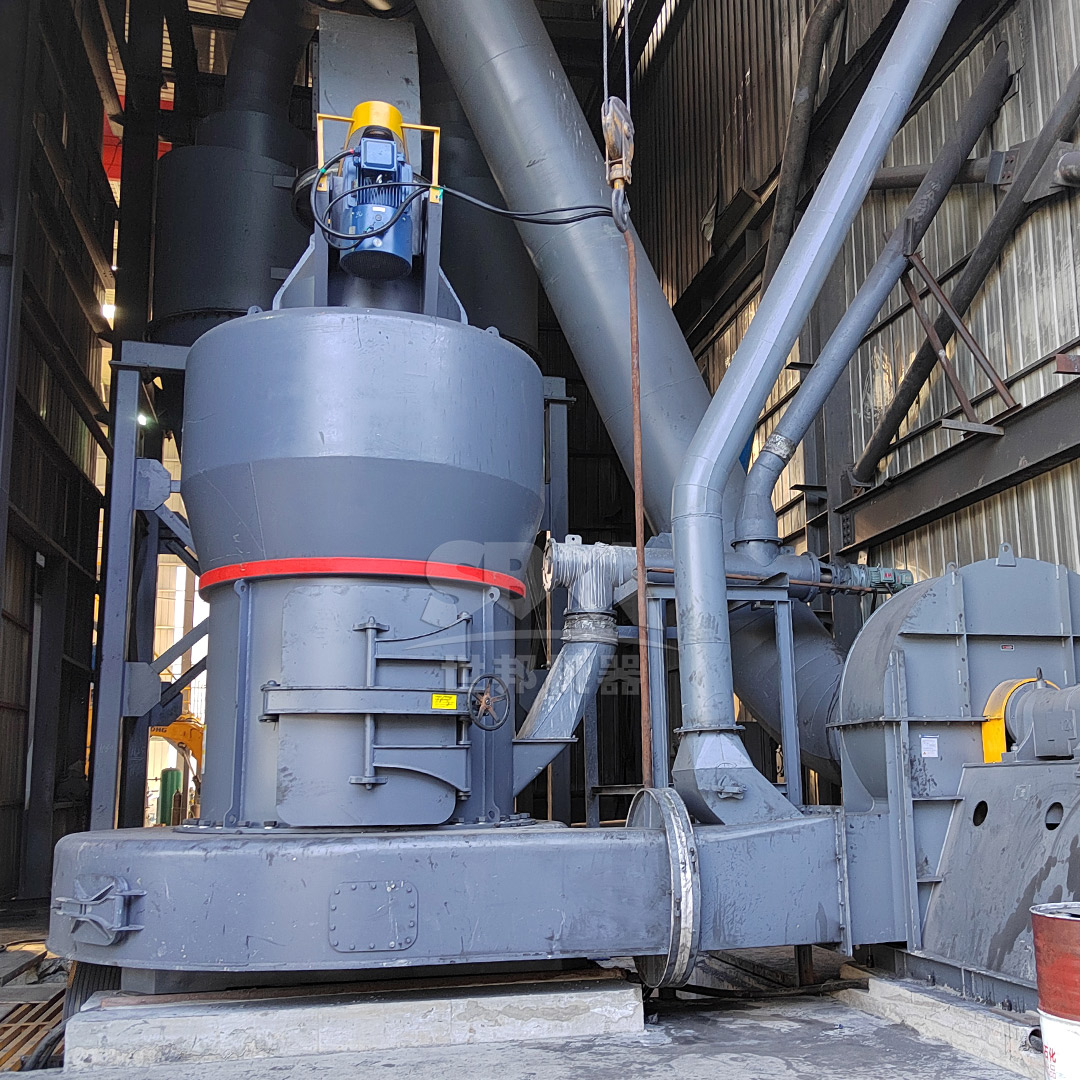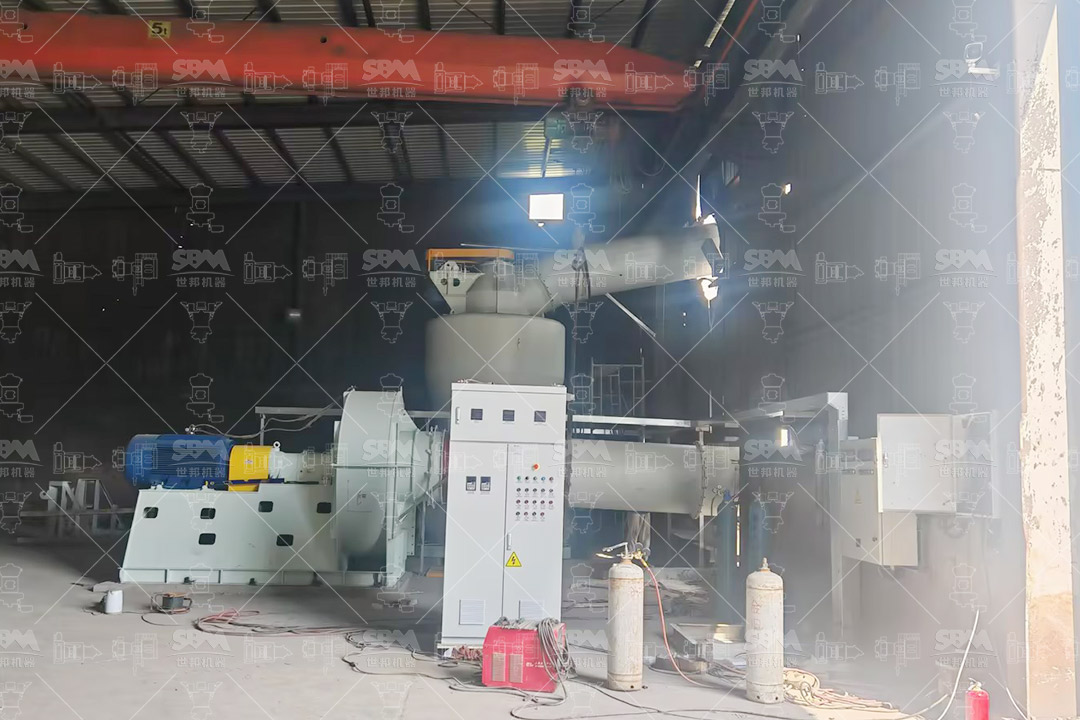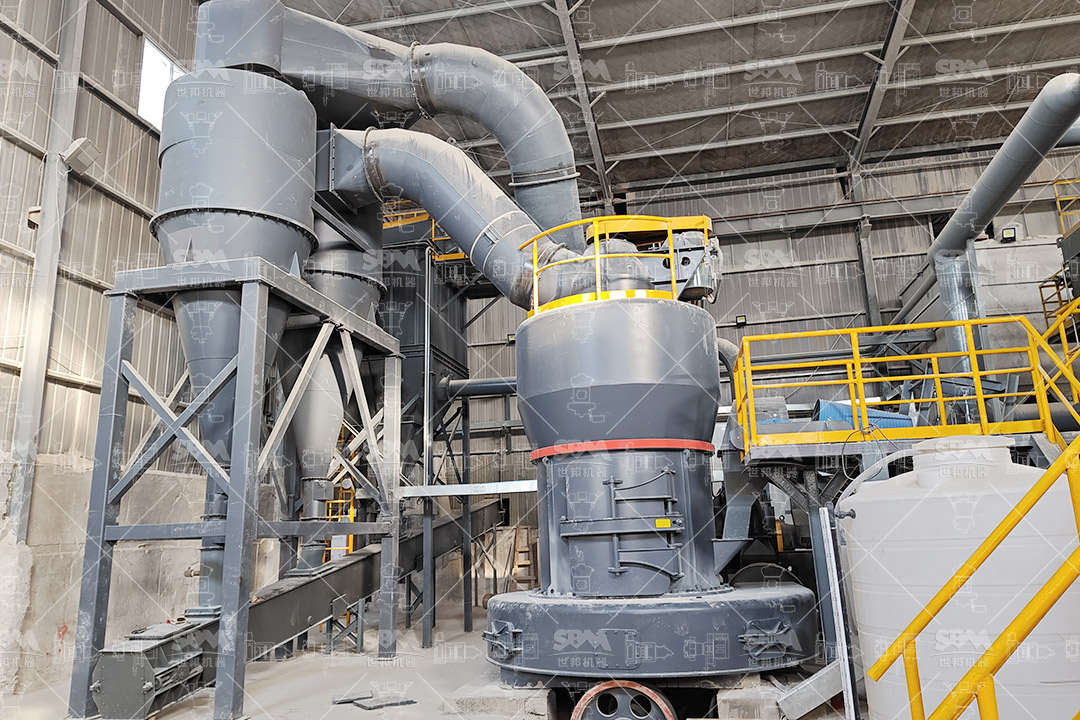The cement industry faces significant challenges in reducing energy consumption while maintaining product quality and production efficiency. Clinker grinding, one of the most energy-intensive processes in cement manufacturing, accounts for approximately 30-40% of total electrical energy consumption in a typical cement plant. Traditional ball mills, while reliable, have inherent limitations in energy efficiency that have prompted the industry to seek more advanced solutions.
Vertical Roller Mills (VRMs) have emerged as a transformative technology in cement grinding, offering substantial energy savings, improved product quality, and operational flexibility. This article examines the technical advantages of VRM technology and explores how modern vertical grinding systems can optimize cement production while reducing environmental impact.

VRMs demonstrate superior energy efficiency compared to traditional ball mills, typically reducing specific energy consumption by 30-40%. This dramatic improvement stems from several key factors:
The economic impact of these efficiency gains is substantial. For a typical 1 million ton per year cement plant, switching from ball mills to VRMs can result in annual electricity savings of 5-7 million kWh, translating to significant cost reductions and lower carbon emissions.
Modern VRMs offer exceptional control over product characteristics, particularly particle size distribution (PSD), which significantly influences cement performance. The integrated dynamic separators in VRMs enable precise control of product fineness, with the ability to quickly adjust to different cement types and specifications.
Compared to ball mills, VRMs typically produce cement with:
Our LM Series Vertical Roller Mills represent the cutting edge in cement grinding technology, specifically engineered to handle the abrasive characteristics of cement clinker while maximizing energy efficiency. These mills incorporate several patented technologies that address the unique challenges of clinker grinding:
| Model | Grinding Table Diameter (mm) | Capacity (t/h) | Main Motor Power (kW) | Product Fineness |
|---|---|---|---|---|
| LM190K | 1900 | 23-68 | 500 | 170-40μm (80-400 mesh) |
| LM220K | 2200 | 36-105 | 800 | 170-45μm (80-325 mesh) |
| LM280K | 2800 | 50-170 | 1250 | 170-45μm (80-325 mesh) |
The modular design of LM Series mills allows for customized configurations based on specific production requirements, with capacities ranging from 3 to 250 tons per hour. The compact footprint reduces civil engineering costs by up to 50% compared to equivalent ball mill installations.

For specialized cement products requiring ultra-fine grinding, our LUM Ultra-Fine Vertical Mill offers exceptional performance in the 325-2500 mesh range (D97 ≤ 5μm). This advanced system incorporates multiple rotor classification technology that ensures complete absence of coarse particles in the final product, making it ideal for high-value specialty cements.
Key advantages of the LUM series include:
VRMs offer significant maintenance advantages over traditional grinding systems. The robust design of modern vertical mills, particularly our LM Series, incorporates features that extend service intervals and reduce downtime:
Modern VRMs excel in environmental compliance, addressing key concerns in cement production:

A comprehensive analysis of operational data from multiple cement plants demonstrates the clear advantages of VRM technology. In one representative case, replacing a traditional ball mill circuit with our LM220K vertical roller mill resulted in:
| Parameter | Ball Mill System | LM220K VRM | Improvement |
|---|---|---|---|
| Specific Power Consumption (kWh/t) | 42-45 | 28-30 | 33% reduction |
| Maintenance Cost ($/ton) | 1.8-2.2 | 1.1-1.3 | 40% reduction |
| Product Quality (Blaine cm²/g consistency) | ±50 | ±15 | 70% improvement |
| Noise Level (dB) | 105-110 | 75-80 | 30% reduction |
The evolution of VRM technology continues, with several promising developments on the horizon:
Vertical Roller Mills represent a proven, economically viable solution for reducing energy consumption in cement production while maintaining or improving product quality. The technological advancements incorporated in modern VRMs, particularly our LM Series and LUM ultra-fine mills, address the specific challenges of clinker grinding with impressive results.
The transition to VRM technology offers cement producers not only immediate operational benefits through reduced energy consumption and maintenance costs but also positions them favorably for future regulatory requirements and market demands. As the industry continues to focus on sustainability and efficiency, VRMs will undoubtedly play an increasingly central role in cement manufacturing worldwide.
With proper selection, installation, and operation, VRMs can deliver consistent performance over decades of service, making them a sound investment for forward-thinking cement producers committed to operational excellence and environmental stewardship.